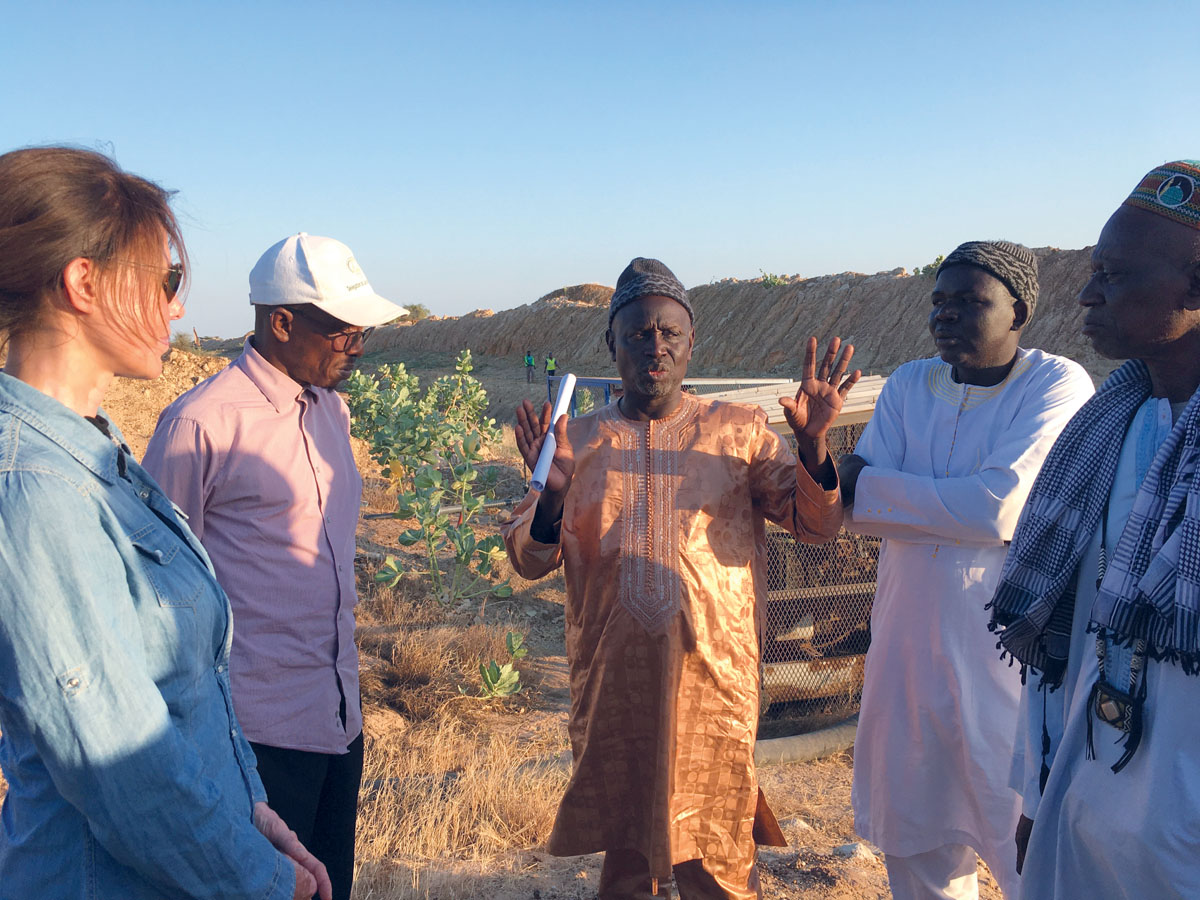[LUM#15] One Health
For the past fifteen years, the One Health approach has been developing in research projects and North to combat emerging risks, including zoonoses. Explanations with Aurélie Binot, anthropologist and agronomist at the Astre* laboratory.

To begin with, could you define the One Health approach for us?
One Health is a holistic approach to health that integrates human, animal and plant health (see CIRAD power point ). It emerged in the early 2000s and was officially launched by the United Nations in 2008, with the aim of tackling zoonoses, which account for 75% of human infectious diseases. It's the idea of intersectorality that links health with other development sectors: agriculture, the environment, rural development, regional planning, etc.
Is this the first time we've thought about health in an integrated way?
No, we've been talking about it since 1987, in the Brundtland Report and at theRio Earth Summit in 1992. Alongside the One Health movement, there have also been the Ecohealth, One medecine, Global Health and, more recently, Planetary Health currents of thought, all of which focus on the relationship between human and animal health and the state of ecosystems (see : De One Health à Ecohealth, cartographie du chantier inachevé de l'intégration des santés humaine, animale et environnementale, Serge Morand (CNRS-Cirad), Jean-François Guégan (INRAE-IRD), Yann Laurans (Iddri), Décryptage, Mai 2020)... This proliferation of schools reflects the creativity we need today to design and implement actions to manage health risks.
Is it a preventive approach?
The aim is to move from a pathogenic paradigm to a salutogenic one. How can we stay healthy in a healthy territory? I'm not just talking about the biological health of humans, animals and plants. We can also take an interest in social justice and the fight against poverty, as long as local players consider that this truly contributes to the health of their region.
You mentioned the United Nations, but the institutional dimension is important?
Yes, the success of One Health is due to the strong international governance that gives it legitimacy. As early as 2008, the One Health framework brought together the World Health Organization(WHO), the World Organization for Animal Health (OIE) and the Food and Agriculture Organization of the United Nations(FAO) in a tripartite agreement. They were later joined by the United Nations Environment Programme (UNEP). This is what has enabled us to move things forward in terms of public policy and local action.
Do these programs concern the South as much as the North?
The first programs, notably within the Ecohealth framework, tended to focus on developing countries, in very rural areas where the State is unable to provide healthcare systems. Thirty years on, agricultural intensification, the erosion of biodiversity, globalization... are translating into dramatic health problems, and the countries of the North are not spared. At the end of the day, we're all learning from each other. It's very fertile in terms of cross-pollination.
Since July 20, you've been taking part in a new One Health program in the South.
This is the " santés-territoires " program, led by CIRAD, which brings together, for 5 years, a whole cluster of projects focusing on the link between agro-ecological transition and global health in South-East Asia and West Africa. The aim is to see how, by modifying agricultural practices (at the level of production systems, commodity chains and resource management methods), it is possible to act on the health of the territory.
Can you give us an example?
In Benin, we are working with the Institut national des recherches agricoles (Inrab) on the sustainability of cotton production practices, and in Senegal with the Institut supérieur de formation et de recherche appliquée (Isfra). In the latter case, it's more a question of land tenure issues, in a context where farmers, livestock breeders and agri-food companies have difficulty in establishing a dialogue. We want to co-construct frameworks for dialogue between these different players in the agro-ecological transition, to support them in activities that will improve the overall health of their territory.
You're both an agronomist and an anthropologist. What does this dual role allow you to do?
Being an agronomist allows me to understand what we're talking about when we talk about agricultural production systems, but my work today is essentially anthropological. I analyze local representations and work with local players to define what they consider to be their health, with the aim of translating this into changes in practices, particularly farming practices.
Does your approach also involve support?
Yes, and that's the second pillar of an anthropologist's work. The emergence of these new approaches was very quickly accompanied by the idea that people had to be involved. You have to mobilize herders, village chiefs and farmers, and develop a participatory conceptual framework for territorial health, identifying the attributes of this health and transforming them into indicators for measuring change.
In concrete terms, how do you work with local players?
We work within the framework of collaborative workshops to help set up " living labs " using participative maps, serious games or forum theater. Our methodology combines modeling, theory of change and foresight. The aim is not to get everyone to agree, or to smooth out social reality, but to understand health as a common good.
UM podcasts are now available on your favorite platforms (Spotify, Deezer, Apple podcasts, Amazon Music...).